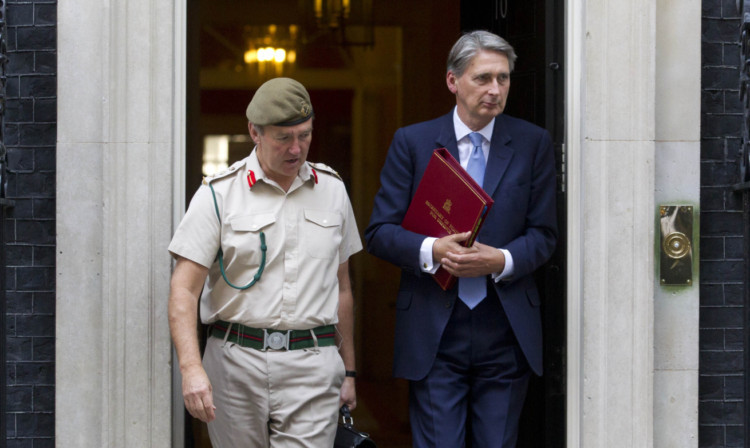David Cameron was forced to concede that a vote on UK military action in Syria should await a report by UN inspectors on the use of chemical weapons in the face of opposition from Labour and rebel MPs.
The Prime Minister has recalled Parliament to consider the response to the use of chemical weapons by Bashar Assad’s regime and MPs will now be asked to agree the principle that military action may be justified in response to the atrocity.
Mr Cameron accepted that a second vote allowing direct British military involvement would be necessary after Labour leader Ed Miliband indicated he would oppose the Government in the Commons unless inspectors were allowed to complete their work, Opposition sources said.
Downing Street said Mr Cameron was determined to act in a consensual way and had never ruled out a second vote, although he believed it would be “difficult”.
The motion which the Prime Minister will present in the Commons states that the UN security council should consider a briefing from the inspectors and seek to agree a resolution on military strikes against Syria although ministers conceded this was unlikely, given Russian and Chinese opposition.
Crucially it states: “Before any direct British involvement in such action a further vote of the House of Commons will take place.”
Labour said the Prime Minister had committed a U-turn on the need for a second vote 90 minutes after being informed of Mr Miliband’s stance.
A number of Government backbenchers have also expressed concerns about the prospect of UK involvement in the complex and bloody civil war in Syria.
A senior Labour source said: “We will continue to scrutinise this motion but at 5.15pm David Cameron totally ruled out a second vote; an hour and a half later he changed his mind.
“Ed was determined to do the right thing. It has taken Labour forcing a vote to force the Government to do the right thing.”
A senior No 10 source said: “This is obviously a fluid and fast-moving situation.The prime minister has been trying to be consensual all along. This motion is designed to be consensual.”
